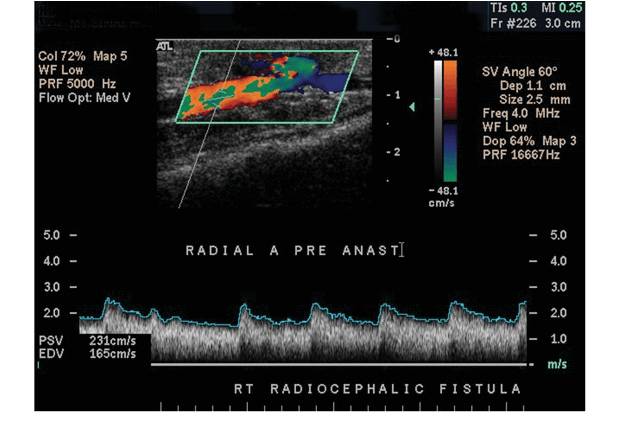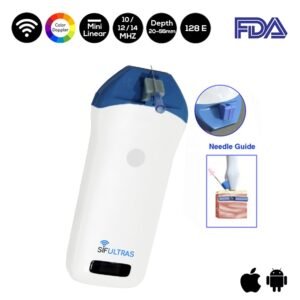Hemodialysis Catheters
Insertion of percutaneous hemodialysis catheters is an invasive procedure with a small but definite risk of morbidity and mortality.
Which ultrasound scanner is most suitable for hemodialysis?
Our doctor clients tend to opt for the SIFULTRAS-3.5 which offers real-time ultrasound guidance.
Even in experienced hands, “the success rate for placement of a dialysis catheter on first puncture attempt using the traditional landmark techniques is only 35-38%”. The procedure is performed by Nephrologists in different cases.
Source: Insertion of Temporary Dialysis Catheters with the Aid of Real-time Ultrasound.
Dialysis catheters; are needed for the management of patients with acute renal failure requiring hemodialysis or continuous renal replacement therapy and for extracorporeal detoxification with hemoperfusion or hemodialysis for the treatment of toxic ingestions and poisonings.
Catheter access may also be necessary for the provision of therapeutic plasma exchange. The wireless ultrasound probe permits direct visualization of the target vein during catheter placement and is associated with increased successful cannulation, a decreased number of attempts and a decreased complication rate.
USG significantly improves success rate, reduces number of attempts, and decreases the incidence of complications related to FV DC insertion.

[launchpad_feedback]
Disclaimer: Although the information we provide is used by different doctors and medical staff to perform their procedures and clinical applications, the information contained in this article is for consideration only. SIFSOF is not responsible neither for the misuse of the device nor for the wrong or random generalizability of the device in all clinical applications or procedures mentioned in our articles. Users must have the proper training and skills to perform the procedure with each ultrasound scanner device.
The products mentioned in this article are only for sale to medical staff (doctors, nurses, certified practitioners, etc.) or to private users assisted by or under the supervision of a medical professional.


